NEW VINYL ERA
Sales of CDs has been exponentially declining since its 2001 peak. The number of downloaded digital albums and songs grows but leaves open bleeding wounds in profit of labels due to unauthorized sharing and copying. High resolution discs like BlueRay Audio or SACD, despite superior sound quality, commercially failed. Is the vinyl resurgence a sustainable solution or just a hype?
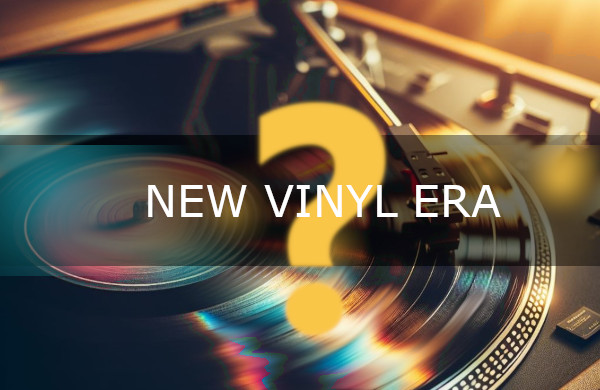
Foremost, the vinyl return is a welcome and heavily supported phenomenon – there is no other way than that a consumer needs to purchase an album that cannot be copied or shared online, thus securing the profits for labels. Oh, and it is so cool and trendy to have a turntable at home, say lifestyle magazines. And audiophiles? They remain a niche within the niche. The new era of vinyl, however, has arrived.
An (un)resurgence of vinyl
“It is incredibly booming sales”, journalists rave about the vinyl record comeback. And they support the story with images like these:
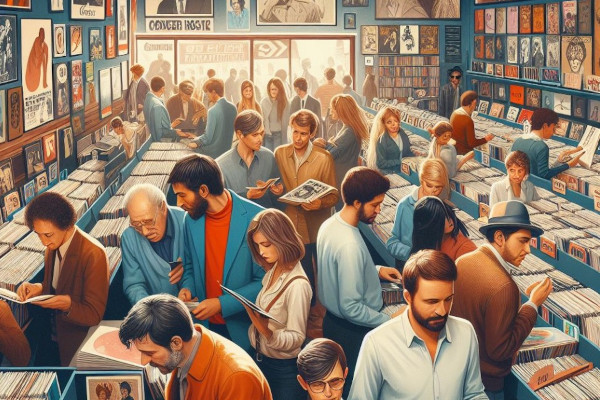
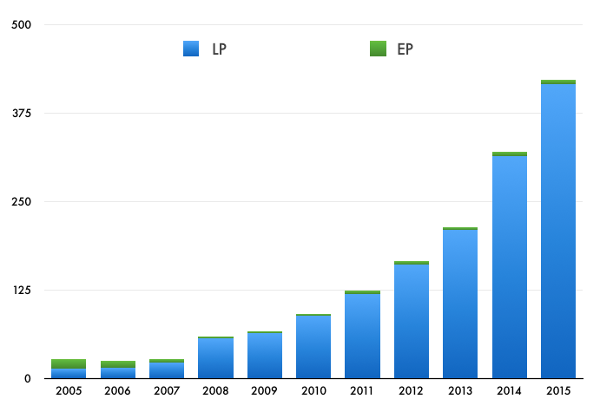
Indeed, it is a fantastic accomplishment for the format that was once considered stone dead. There is no doubt that the vinyl sales is increasing dramatically, the last reports show over 47% growth versus previous year for Christmas season. The problem is that the numbers are not seen in the proper context – look at the following chart that reveals more of the truth:
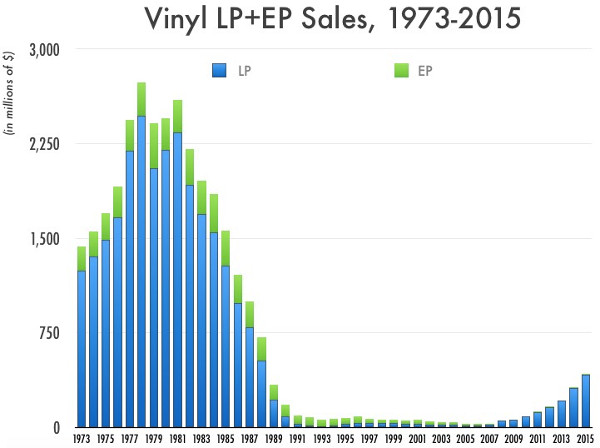
Is the vinyl resurfacing steeply? Yes! Is it something that could be considered a real major boom? Not at all. The vinyl remains far behind its historical sales, however, it has one important advantage - profitability. Adele’s 25 album is sold at 1.80€ per song on vinyl (including shipping), and at 0.74€ per song as a download from Amazon.de. Distribution costs of course add something to the price of vinyl but consumer has to buy an album, not individual songs, which multiplies the profit.
When we take a closer look on the sales of LPs and EPs (the pale beige segments) in the context of the whole audio industry, the volume is hardly noticeable:
One also needs to realize what I outlined in the first paragraph: The number of the really downloaded albums and songs vastly differs from the reported figures due to grey sharing and copying. Means that the purple and red segments are at least triple or more probably four times the size in reality. If everyone who owns an album or a song in a digital format had paid for it, the labels and their distributors would have been drowning in money.
Unfortunately, it has a usual scenario instead, even in our audiophile world – someone downloads something from someone else without paying (as real men never pay), then sends it from a laptop placed on anti-vibration feet through asynchronous link or Bluetooth to a DAC of a cigarette box size. This way money are saved and thousands of songs are accumulating on a hard disk while you walk your dog. Quite recently I encounter such a practice at a high-end equipment dealer who was copying 4TB of music files from friend to his own library. Four terabytes are the equivalent of 6,000 CDs or 100,000 songs in FLAC.
Well, now we know that we are actually witnessing a resurgence of a niche market, not a major trend which will remain digital until something even more progressive is invented. However, the vinyl has its magic for many of us, me included, though it is seriously flawed.
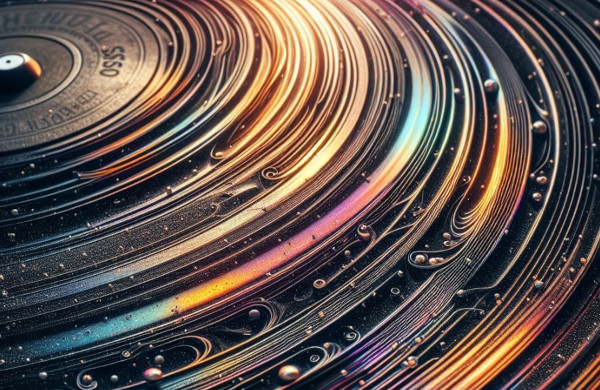
The overpaid sound of vinyl
"The vinyl disc is a steadily collapsing medium," says multiple Grammy Award winning mastering engineer Bob Ludwig. "The closer it gets to the label, the more the information is getting compromised."
Bob Ludwig is the owner of Gateway Mastering and a well-known person in the audiophile community - his credits include Dire Straits, Led Zeppelin, Alison Krauss, Beck, Sarah McLachlan, Rolling Stones or Daft Punk.
Of vinyl's inherent deficiencies, reproducing bass is one of its most obvious. When Ludwig was hired to provide the remastering for The Band’s Music From Big Pink, he got the album's master tapes from Capitol Records. On the box was a note from the cutting engineer who had made the original vinyl master, saying the album's extreme low end had to be cut out.
“Vinyl's capable of a lot, but only if the grooves are wide enough for the needle to track them properly. A longer album means skinnier grooves, a quieter sound and more noise. Likewise, the ear-rattling sounds of dubstep weren't really meant for your turntable. If you had taken Skrillex into Motown Studios, they would've said, ‘It's uncuttable!’" says Adam Gonsalves (Portland Mastering). This is the reason why vinyl masters were routinely cut below 40Hz and equalized over 16kHz to avoid playback issues.
Too much bass in one speaker could make the needle skip out of the groove, as would too much sibilance — a harsh "s" — in a singer's voice. “It should basically be in mono," Gonsalves says. Otherwise, "that's a hard path for a needle to trace."
Another respected name in the engineering business is Bob Clearmountain (Toto, David Bowie, Robbie Williams, Bruce Springsteen, Bob Marley). "I'd just listen and go: 'Jesus, after all that work, that's all I get?' It was sort of a percentage of what we did in the studio," he says. "All that work and trying to make everything sound so good, and the vinyl just wasn't as good, [...] suddenly it's got noise and ticks and pops, for me that's an extremely unmusical event."
"There's basically nothing you can do to make an hour-long album on one record sound good".
When Clearmountain mixed vinyl albums for Columbia Records, he says the label required the test pressing of each LP to play on an old, cheap turntable without skipping, or it would have to be mixed again. To achieve such a compatibility the vinyl master must be compromised and EQed.
Pete Lyman (mastering engineer of Shelby Lynne, Weezer and Europe) adds. “To get an album longer than 40 minutes to fit onto one LP, high frequencies and bass are the first things that go.” There's also extra distortion because he has to cut the master lacquer at a lower volume to fit all that extra music onto the LP. “As soon as you have to cut that record at a quieter volume, you're going to hear more surface noise, because you're going to have to turn your stereo up to accommodate the lower level on the disc."
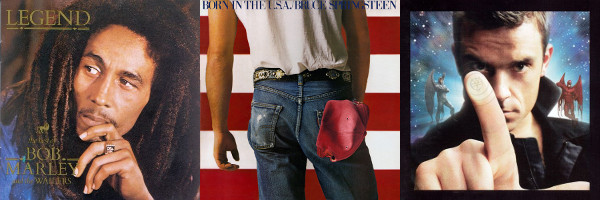
“Vinyl is the only consumer playback format that is fully analog and fully lossless.”
Michael Fremer, a Stereophile editor and a zealous vinyl ambassador, explains “Vinyl is superior to CD in many ways. [...] Vinyl playback has a far wider frequency response. It can extend well beyond 40kHz and down to 16Hz. CD is 20Hz-20kHz and brick wall filtered on top. When CDs were introduced the apologists claimed 'perfection' but anyone who listened could hear the horrible filters ringing and pre-ringing and the unnatural HF filtering still ruins the experience.”
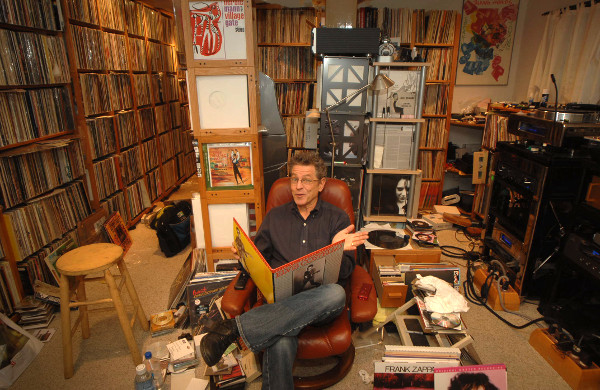
Although this claim makes perfect sense and it is in line with our early CD era listening experience, this type of reasoning has no real technical justification.
The masters for vinyl records always had been analog tapes processed on vintage analog consoles. To record a full energy signal from 20Hz to 20kHz on a tape is wishful thinking and modern tape reconstructions show that any subsonic or ultrasonic ‘signals’ on the tapes are artifacts of distortion, compressions and saturation rather than music signals.
Many modern vinyl records are produced from digital masters that have the desired frequency range, often below 20Hz and way beyond 20kHz, but here we already “compromise” the signal with discrete sampling and the signal cannot be lossless by virtue, not speaking about transcriptions of such digital masters to tapes before vinyl production.
How closely a stylus is able to track micro-curvature of the groove dictates the final treble playback limit of a turntable set up. With the best 6µm cartridges it is possible to achieve theoretical extension to around between 40kHz (first track) and 20kHz (last track). With common 8µm styli the extension drops to 30kHz (first track) and 15kHz (last track). That is why, as already explained, for the playback compatibility reasons vinyls were typically equalized to a 40Hz-16kHz range to be on safe side.
Record collectors should also consider another fact - although good styli can track the fine nuances of the groove for great top end extension, any ‘ultrasonic’ highs on vintage records had been probably shaved away immediately on first play by the original owner. On top of that the needle may have cut its own micro-groove within the groove when it struggled with accumulated dust and other micro-particles that actually often are an inseparable part of the record. The more we play a record the more it is shaped by the stylus’s tracking force, pitch and condition, which results into different “wears” for the same record on different turntables. It means that yes, the vinyl playback chain can be fully analog, however, it is not lossless, and it cannot by any means provide better frequency range than any CD or a high-resolution digital file.
The picture below shows a typical record’s groove via electron microscope (https://commons.wikimedia.org/wiki/File:SEM_vinyl_record.jpg) – can you spot why digital music’s clarity will always be superior?
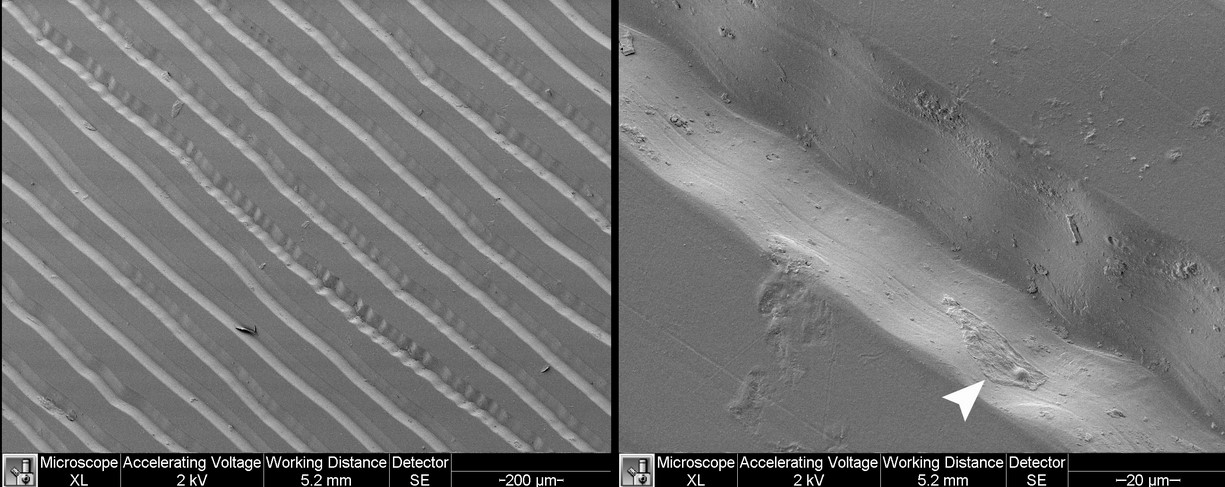
“Vinyl suffers less from loudness war.”
The resolution of vinyl is much higher than that of CD as Nyquist–Shannon sampling theorem limitations simply doesn’t apply. It is a truly smooth sinus wave without any digital ‘pixelization’. The dynamic range of vinyl is something different, however.
The dynamic range of an analog record can be digitally represented by up to 14 bits. The problem is that a big part of the theoretical dynamic range of vinyl (and the audible resolution) is buried under noise. In theory the good record played back on a carefully set-up turntable may provide up to 70dB of dynamic range, in real life the useful dynamic range fluctuates somewhere around max 40dB. How pleasant such a dynamic range will be to our ears is completely in hands of sound engineers. Fortunately, the vinyl mastering has much less attention than digital. Thus the dynamic compression (please refer to Audiodrom’s Road To Hell article) is often not so much issue. It means that CD with 96 dB of S/N ratio (or DSD with 120dB) suffers from listening fatigue more than 40dB vinyl, if you can tolerate the media inherent surface noise.
Scott Metcalfe, director of recording arts and sciences at the Peabody Conservatory of Johns Hopkins University, says the move to CDs was especially beneficial for reproducing classical recordings.
"Really in every way measurable, the digital formats are going to exceed analog in dynamic range, meaning the distance between how loud and how soft," he says. "In the classical world, [that means] getting really quiet music that isn't obscured by the pops and clicks of vinyl or just the noise floor of the friction of the stylus against the [LP] itself."
So, what drives us towards vinyl, however inferior it is to any other available format? The answer is quite simple and Hugh Robjohns, technical editor at Sound On Sound magazine, summarizes it nicely by saying, "The [vinyl] distortion problem [...] is essentially a fundamental design flaw of both the medium itself and the standard replay mechanisms, and it can never be completely eradicated. The whole LP-playing procedure, physicality and the 'mysticism' of vinyl does make it a more involving — and therefore pleasurable — experience. Neither format can be described as 'perfect' but, for my money, digital audio gets a bit closer than anything else has done up until now. Despite the technical imperfections, though, I still love playing my vinyl records!"
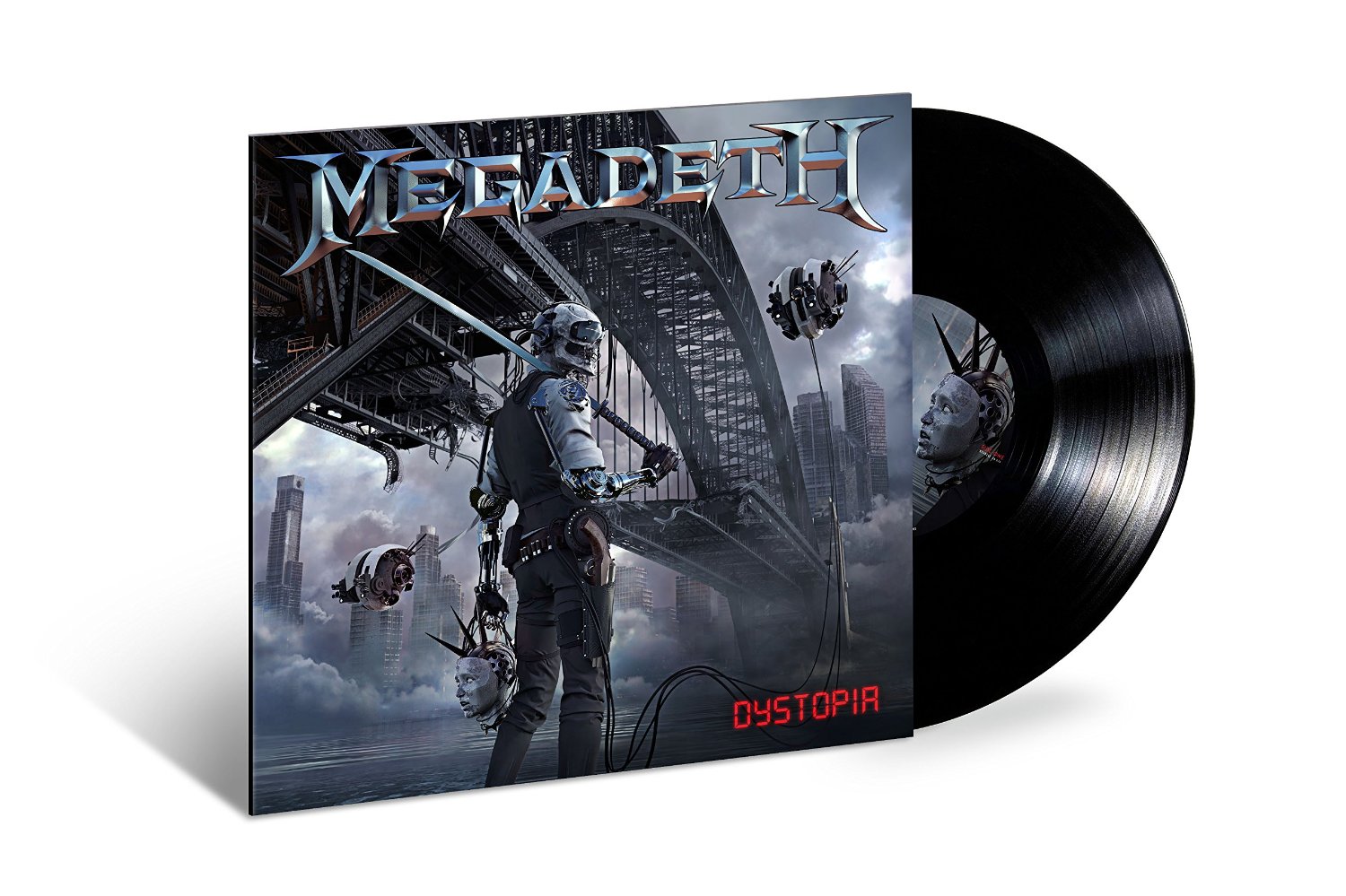
Framed experience
All the arguments against vinyl change dramatically in favour of vinyl once the vinyl playback is framed by a complete experience
“The reason CDs were invented was to free up music from mechanical restrictions and reduce the noise floor. As long as you can measure the difference, the CD will be better than the vinyl, absolutely," says Kees Immink, who was a member of the Sony/Philips task force that initially created the audio standards for the compact disc. "But if you say the whole experience [then it is different]”.
“Enjoy smoking cigars with friends, and drink beer and brandy and enjoy listening to an old-fashioned record player. But don't say the sound is better. You may say it sounds better to you. That's OK. That's a subjective matter."
The pleasure that we receive from vinyl arrives from stimulating all human senses.
Visual experience - album art and sleeve notes are like visiting a gallery.
Vinyl records are a form of art even without giving them a spin. It attracts former vinyl non-customers. In HiFi News Yearbook 2018 Ken Kessler gives a beautiful example. “I was staggered to see at least three fashion boutiques in London and Paris last year with LPs, period sleeves and turntables in their windows, even though they have nothing to sell that’s related to vinyl. The LP has simply become the new [trend] for fashionistas and hipster and other victims of trends.”
He describes his visit to a Swarowski store that displayed turntables “I was the only non-female and the only over 30 person [there]. I asked the assistant ‘Why the turntables’? She gave me a blank look. I then realized that she did not know what a turntable was.”
The vinyl art is intensively communicating and, no matter if we want or not, it also predefines the music content expectations.
Tactile experience - a vinyl record, or a turntable, is a very tangible thing.
You’ve got to touch it, smell it, take care of it, wash it, and buy accessories... you name it. This creates strong emotional bonds, not unlike with a baby. The behaviours that we tolerate for our kids are not tolerable for the kids of a neighbour. So it is easy to understand why we apology all the flaws that the sound has – comparing to digital - partly because it is so cute and we put so much care into it.
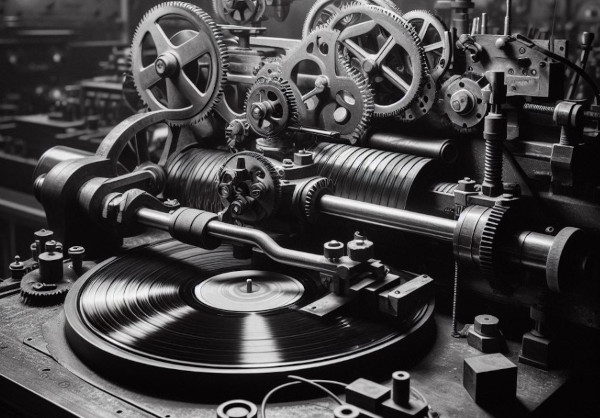
Pete Lyman from Infrasonic Sound specializes on vinyl mastering done on a vintage Scully LS-76 and an original Neumann cutting lathes with custom RCA electronics. He considers ‘audiophile-quality 180-gram vinyl’, which consumers assume is superior because it is heavier, to be nothing else than Super Big Gulp of vinyl . “You're not getting more [sound quality], really, you're just getting more vinyl," says Lyman.
This is only partially correct. The groove of the standard 140g LP is completely identical to that of the 180g LP, so the heavier vinyl does not benefit from having more information cut into it. However, the thicker slab of vinyl makes the record more robust and durable, more pleasant to handle, thus boosting our tactile experience. It is also expected to be less warped and vibration-proof which helps the cartridge track it more precisely.
To compare the sound of the 180g record to the standard one is not a straightforward exercise as the thicker record changes VTA (Vertical Tracking Alignment) of the tonearm in relation to the record surface and thus affects the sound in positive or negative way. Also, many CDs are far from being perfectly flat or centered and they may warble a lot; top producers like Teac or Accuphase address this issue by special clamping mechanisms, similar to the pucks that are used on turntables.
Listening experience - framed by the past.
There is a difference between a hyper-active digital music lover that skips tracks and endlessly searches his 1,000,000 songs online library, and a vinyl lover that has to plan his time to enjoy 5 songs in a row before he needs to get up, turn the record and perform the magic playback ritual again.
The listening experience of vinyl is usually framed by a past experience. When you eat grilled fish right on a beach at sunset it sets a new ‘fish experience’ to you. The very same fish from the very same grill, moved to a near-the-beach restaurant furnished art deco style gives you a completely different experience. Thus we tend to evaluate our listening enjoyment against our past experience – my father’s stereo, my first tape recorder, the first vinyl record that I purchased. Poor are the digital maniacs – is there something like nostalgia about the first mp3 song that I downloaded?

Hi-res downloads and streaming represent the polar opposite of vinyl – complete emotional disconnection from the media, everything is available instantly. With vinyl to create a collection – a vinyl record library – it takes years and it involves a lot of money, travelling, organizing mail orders and friends. Even today, when most of the vinyl records are available in reissues, it takes time and even more money to get a grip on limited editions and special pressings – then the record arrives broken or scratched via mail service, or it has different production flaws and needs to be replaced.
With the hi-res formats to create a collection means to start a download (or copy) session over a weekend and Monday morning you have the very same library like your neighbour that has been collecting the records for decades. The constant attention that the collecting and listening to vinyl requires strengthens the emotional bonds that we have with our records and turntables.
The emotional aspect of the vinyl playback simply overshadows its technical, the same way like a candlelit dinner with its flickering analog light overshadows any bright LED illumination, no matter how well designed it is.
So, do we witness the vinyl resurgence? Actually yes, but it is driven by our craving for good old days and emotional security rather than by the sound perfection. Let’s put the needle down and wash the stress away...
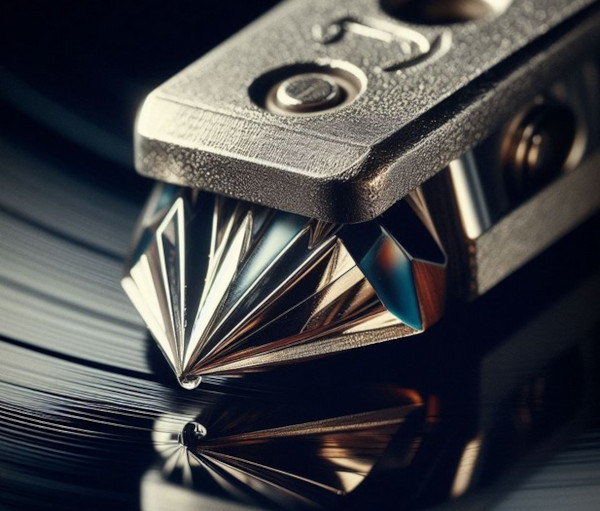
(C) Audiodrom 2017




